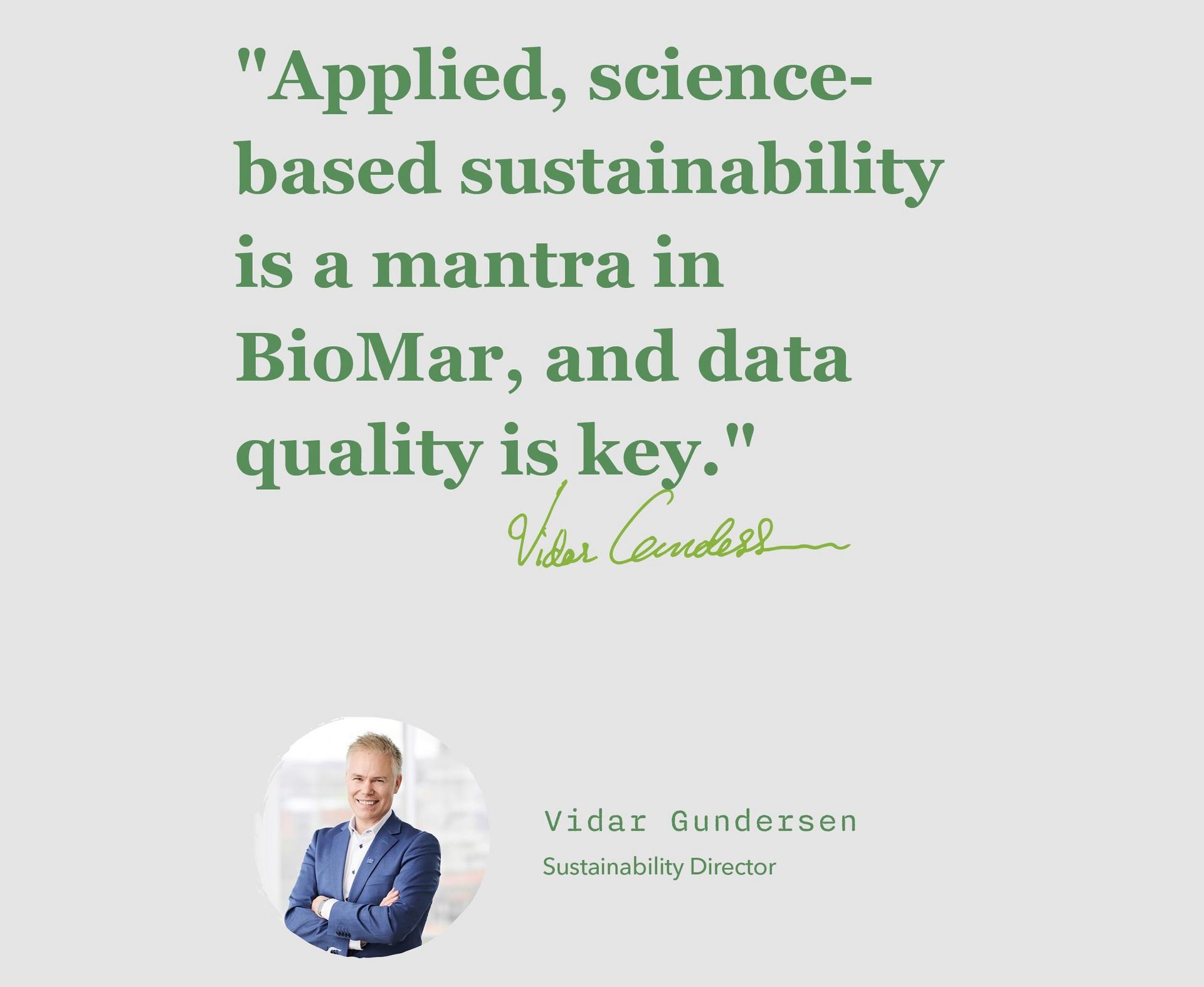From land to ocean: A bean with benefits
As the aquaculture industry expands, one of the key challenges is finding sustainable and nutritious alternatives to traditional ingredients like fish meal and fish oil, which have been the cornerstone of aquafeeds historically. One promising alternative that is gaining attention in aqua-faced formulation are horse beans.
Horse beans are legumes belonging to the Fabaceae family and have been cultivated for thousands of years. Known for their robust, hearty growth, horse beans are widely grown in temperate regions. It is an annual plant that typically grows to about 60 to 90cm, highly valued for their nutritional profile, being packed with starch, proteins and essential minerals, making them an excellent candidate for animal feed.
In terms of nutritional content, horse beans are rich in protein and starch but also contain vital micronutrients like potassium, phosphorus, and magnesium, which contribute to the overall health and growth of aquatic organisms. Moreover, these beans have anti-inflammatory properties because they contain potent antioxidants like flavonoids and polyphenols, which help protect cells from damage.
When the fiber-rich outer hull is removed and the beans are ground and blended, they serve not only as a highly digestible protein source but also as a natural binder. This enhances the feed’s texture and helps improve feed efficiency, ensuring that fish receive the nutrients they need with minimal waste.
One of the key drivers behind the adoption of horse beans in aquafeed is their environmental profile. The carbon footprint of horse beans is categorized as low to medium, making them a more sustainable option. Moreover, the use of horse beans aligns with the growing trend toward sourcing vegetable ingredients that can reduce reliance on over-exploited marine ecosystems. This shift supports a more balanced approach to feeding farmed fish, ensuring that aquaculture can thrive without putting undue pressure on wild fish populations.


?w=1920&%24withDefaultImage%24=&fmt=auto)






?w=1920&%24withDefaultImage%24=&fmt=auto)




